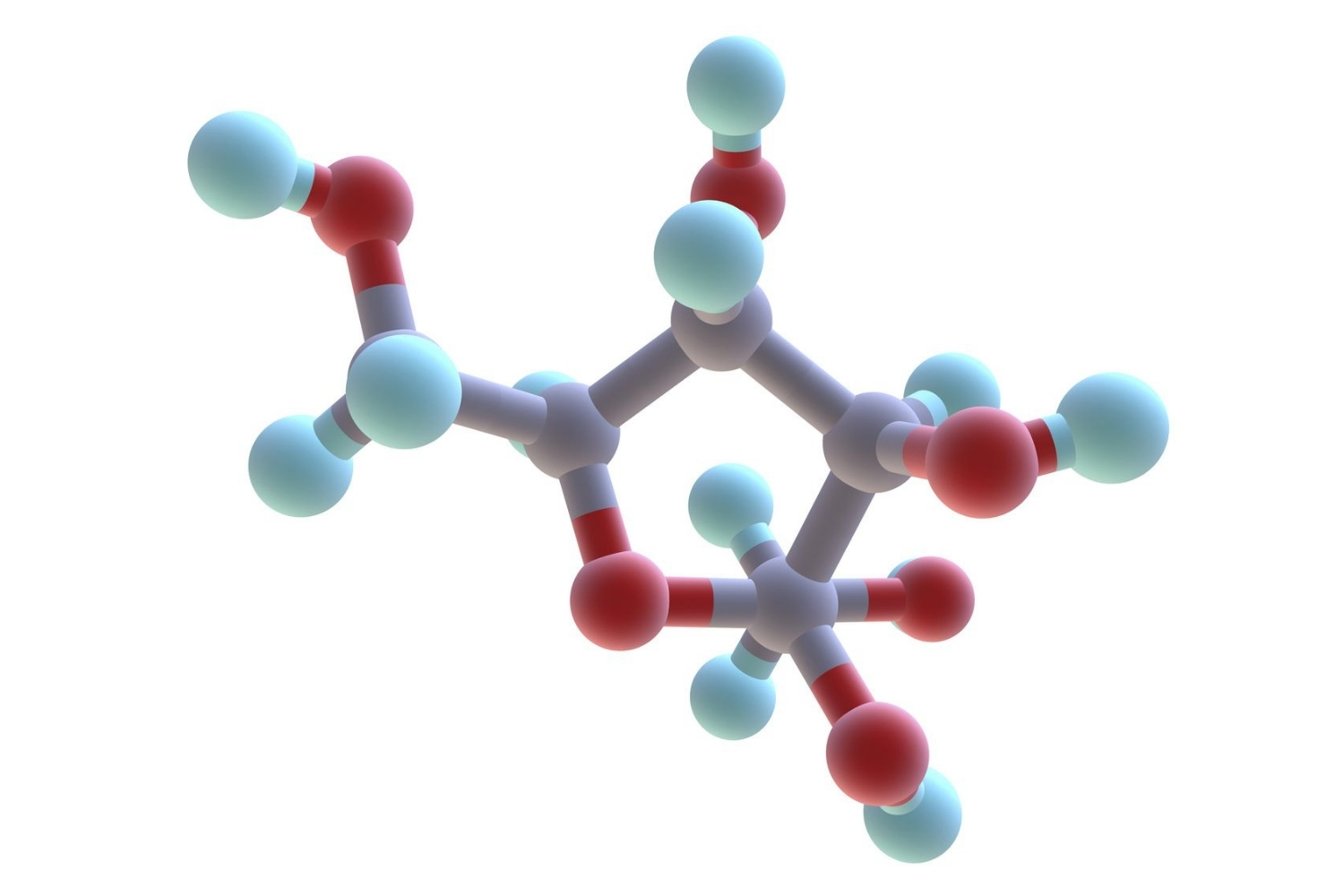
Monosaccharides are the simplest form of carbohydrates, often referred to as simple sugars. These tiny molecules play a huge role in our daily lives, from providing energy to forming the building blocks of more complex carbohydrates. Glucose, fructose, and galactose are some of the most well-known monosaccharides. But what makes them so special? Monosaccharides are not just important for humans; they are crucial for all living organisms. They serve as an immediate energy source and are involved in various biological processes. Understanding these simple sugars can help you grasp the basics of nutrition, biology, and even chemistry. Ready to dive into the world of monosaccharides? Let's uncover 25 fascinating facts about these essential molecules!
What Are Monosaccharides?
Monosaccharides are the simplest form of carbohydrates. They are the building blocks for more complex sugars and play a crucial role in energy production within living organisms. Let's dive into some fascinating facts about these essential molecules.
-
Monosaccharides are the simplest form of carbohydrates, consisting of a single sugar molecule.
-
Common examples include glucose, fructose, and galactose.
-
They are classified based on the number of carbon atoms they contain, such as triose (3 carbons), pentose (5 carbons), and hexose (6 carbons).
-
Glucose, a hexose, is the primary source of energy for cells.
-
Fructose, found in fruits, is the sweetest naturally occurring sugar.
Structure and Function
Understanding the structure and function of monosaccharides helps us appreciate their role in biology and nutrition. Here are some key points about their structure and function.
-
Monosaccharides have a general formula of (CH2O)n, where n can be 3-7.
-
They can exist in linear or ring forms, with the ring form being more common in aqueous solutions.
-
The ring structure is formed when the carbonyl group reacts with a hydroxyl group within the same molecule.
-
Monosaccharides are chiral molecules, meaning they have non-superimposable mirror images called enantiomers.
-
Enzymes in the body can distinguish between these enantiomers, affecting how they are metabolized.
Biological Importance
Monosaccharides are vital for various biological processes. Their importance cannot be overstated, as they are involved in energy production, cellular communication, and more.
-
Glucose is a key player in cellular respiration, a process that generates ATP, the energy currency of cells.
-
Ribose, a pentose sugar, is a component of RNA, which is essential for protein synthesis.
-
Deoxyribose, another pentose, is found in DNA, the molecule that carries genetic information.
-
Monosaccharides are involved in cell signaling and recognition processes.
-
They are also precursors for the synthesis of other important biomolecules, such as amino acids and fatty acids.
Dietary Sources
Monosaccharides are found in various foods, contributing to their nutritional value. Knowing where to find them can help you make informed dietary choices.
-
Fruits like apples, bananas, and grapes are rich in fructose.
-
Honey is a natural source of both glucose and fructose.
-
Dairy products contain galactose, which is part of the disaccharide lactose.
-
Vegetables such as carrots and beets also contain small amounts of glucose and fructose.
-
Processed foods often contain added sugars, which are usually monosaccharides or disaccharides.
Health Implications
While monosaccharides are essential for health, their consumption needs to be balanced. Here are some health-related facts to consider.
-
Excessive intake of fructose can lead to insulin resistance and metabolic syndrome.
-
High glucose levels can cause hyperglycemia, a condition associated with diabetes.
-
Galactosemia is a rare genetic disorder where the body cannot properly metabolize galactose.
-
Consuming natural sources of monosaccharides, like fruits and vegetables, is generally healthier than consuming processed sugars.
-
A balanced diet with appropriate levels of monosaccharides supports overall health and well-being.
The Sweet Truth
Monosaccharides, the simplest form of carbohydrates, play a crucial role in our daily lives. From providing quick energy to being the building blocks for more complex sugars, these tiny molecules pack a punch. Glucose, fructose, and galactose are the most common monosaccharides, each with unique properties and functions. They’re found in fruits, vegetables, and even dairy products, making them a staple in our diets. Understanding these sugars helps us make better nutritional choices and appreciate the science behind our food. Whether you’re a student, a health enthusiast, or just curious, knowing about monosaccharides enriches your knowledge about how our bodies work. So next time you enjoy a sweet treat, remember the tiny but mighty monosaccharides making it all possible. Keep exploring, stay curious, and let the sweet science of sugars add a little more flavor to your life.
Was this page helpful?
Our commitment to delivering trustworthy and engaging content is at the heart of what we do. Each fact on our site is contributed by real users like you, bringing a wealth of diverse insights and information. To ensure the highest standards of accuracy and reliability, our dedicated editors meticulously review each submission. This process guarantees that the facts we share are not only fascinating but also credible. Trust in our commitment to quality and authenticity as you explore and learn with us.
